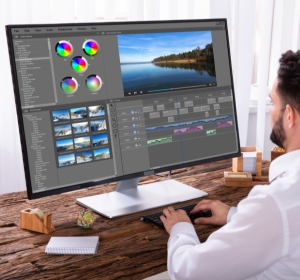Essential Tools for Instructional Design in Digital Learning
- Content Design Tools
- Learning Management Systems (LMS)
- Collaboration Tools
- Graphic and Multimedia Resources
- Analytics and Tracking Tools
- Accessibility Tools
- Training and Continuous Development
The rise of digital learning has transformed the landscape of traditional training. Today, online instructional design requires a new approach, along with mastery of technological tools. From interactive content to management platforms, every step of creating a Digital learning Training relies on a range of dedicated tools.
Content Design Tools

- Content Formatting : One of the first challenges is to transform a simple curriculum into a dynamic e-learning module. E-learning design tools must allow for the seamless integration of text, images, videos, and interactions.
- Interactivity : Active learning is key. Designers must incorporate elements such as quizzes, polls, and simulations to make the learning journey more interactive and memorable.
Learning Management Systems (LMS)
- Hosting and Distribution: A good LMS is not just for storing content. It should facilitate the distribution of e-learning modules to a target audience—whether within a company, a university, or even on an international scale.
- Progress Tracking: Built-in analytics tools allow instructors to monitor learner performance, identify areas of difficulty, and adjust the instructional design accordingly.
Collaboration Tools
- Teamwork: Instructional design for digital learning is often a collaborative effort. Online collaboration platforms can bring together experts from various fields to produce rich and diverse content.
- Feedback and Revisions: Before finalizing an e-learning module, it is essential to gather feedback. Dedicated tools streamline the review process and ensure that the final content is both accurate and relevant.
Graphic and Multimedia Resources
- Visuals: In the world of digital learning, visually engaging content can make a significant difference. Instructional design should incorporate relevant graphic elements, such as infographics, animations, or videos.
- Audio: Whether for narration, interviews, or podcasts, audio is a key component of e-learning modules. Audio editing tools enable the production of clear, professional-quality sound.
Analytics and Tracking Tools
- Engagement Analysis: Once the training is launched, it’s essential to understand how learners interact with the content. Analytics tools help measure engagement, time spent on each module, and more.
Continuous Improvement: Based on the collected data, designers can refine the instructional design, making the training more effective and relevant over time.
Accessibility Tools

- Universal: Every learner is unique. Some may have specific accessibility needs. Modern instructional design tools must ensure that content is accessible to everyone, regardless of their individual requirements.
- Multilingual: In our globalized world, a digital learning course can reach an international audience. Having tools to translate and adapt content to different languages and cultures is crucial.
Training and Continuous Development
- Technology Watch: The field of digital learning is evolving rapidly. Instructors must stay informed about the latest trends and innovations to remain competitive.
- Adaptability: Instructional design must evolve with learners’ needs. The tools of tomorrow may differ from those used today, which is why continuous training is essential.
Conclusion
Digital learning is much more than a simple transition of traditional training to online formats. It is a discipline in its own right, with its own challenges and opportunities. With the right toolkit, designers can create memorable learning experiences tailored to the needs of the 21st century.
1. What are the essential tools for an e-learning designer ?
An e-learning designer uses a variety of tools to create effective online training :
- Authoring Tools: These allow the creation of interactive modules. Examples: iSpring Suite, Articulate 360, Adobe Captivate.
- Learning Management Systems (LMS): These facilitate the distribution and tracking of training. Examples: Moodle, Blackboard.
- Multimedia Creation Tools: These are used to produce visual and audio content. Examples: Camtasia for videos, Canva for visuals.
- Collaboration Tools: These facilitate teamwork. Examples: Trello, Slack.
2. How to choose the right authoring tool for creating e-learning modules?
Choosing an authoring tool depends on several criteria :
- Ease of Use: Is the interface intuitive?
- Features: Does the tool allow for the creation of advanced interactions ?
- Compatibility: Are the modules compatible with your LMS ?
- Budget: What is the cost of the tool, and does it fit within your financial resources ?
- Support and Community: Is there assistance available when needed, and is there an active community to share tips and advice ?
3. Are there free or open-source e-learning authoring tools ?
Yes, several free or open-source e-learning authoring tools are available :
- iSpring Free : Allows the creation of slide-based courses with quizzes.
- H5P : An open-source tool for creating interactive content that can be integrated into various LMS.
- Udutu : A free online authoring tool for course creation.



